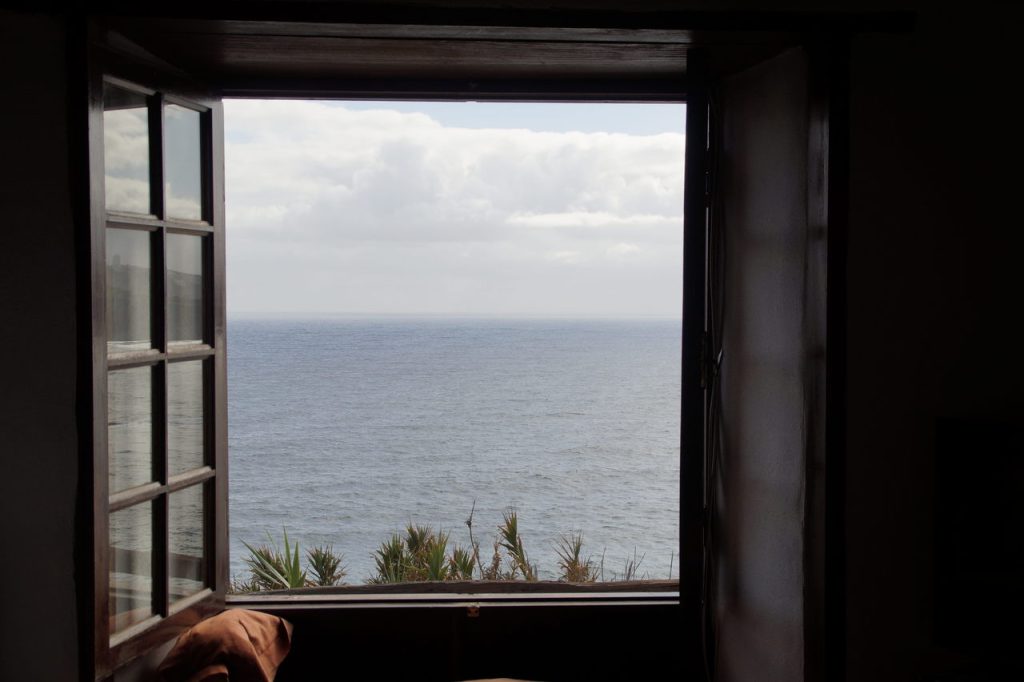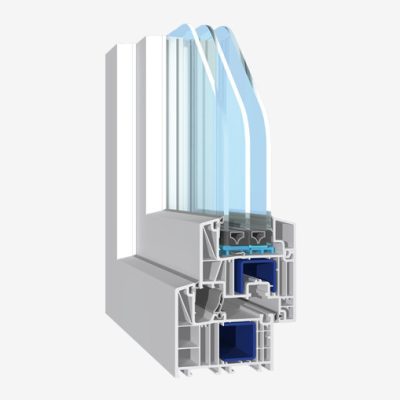
Window manufacturing in Greater Poland is of a very high standard thanks to, among others, the manufacturing company Domatus, which has been producing windows and doors with excellent parameters and solid quality for many years. How are these windows made? What are the individual steps? We will explain this using the production process of PVC windows as an example.
Processing of construction profiles
The fully automated profile cutting process is the first stage of window production. Specialised computer-controlled machines cut the profiles to the right length. The next stage is profile processing, i.e. making all the necessary holes, drill holes, grooves, space for hinges and handles. All this is done by another automated machine in cooperation with an operator. Then the profiles are reinforced to ensure they are sufficiently rigid and stable. For this purpose, they are fitted with precisely cut steel sections, as the PVC material alone would not provide sufficient support for the entire structure. The reinforcements are attached with screws. After completing this step, the window profiles are ready for further processing. In this work step, the window frames are welded together to form the window frame, the sash and the casement. The profiles are brought into a malleable state using heat and the individual parts are welded together using pressure. This is the most important work step and requires a high degree of accuracy. The stability, tightness and durability of the window depend on this. The residues of the welding material are removed in the corner cleaning. A special machine cleans the profiles from the outside and inside and automatically adjusts to the respective profile type and shape. Window sashes and frames must be equipped with all necessary mounting fittings and then assembled together. At this stage, all additional fittings are also added, such as micro-ventilation fittings, anti-burglary catches, any handle locks or a keyed handle. Windows can be taken to the glazing area, where they are fitted with double glazing units and sealed. Afterwards, the final adjustment and quality control are carried out. This stage requires great care, as the panes must be perfectly fitted, wedged into the frame and sealed. Errors at this stage can have serious consequences during the later use of the window. Poorly installed glazing will significantly reduce the thermal insulation and other parameters of the window. After this stage, the windows are carefully packed and delivered to the warehouse from where they are sent to customers. However, this final stage of work is just as important as the others. Inaccurate protection of the windows before they are delivered to the customer can ruin all the previous work of the production team. The windows can break or get scratched, which will make it impossible to sell them. Read also:Creating the window frame
Window glazing and packaging



